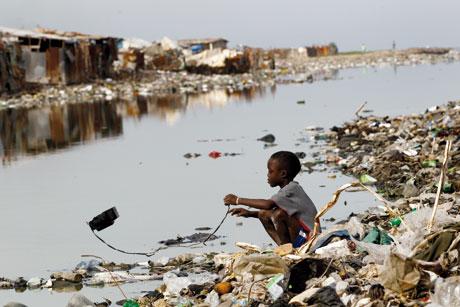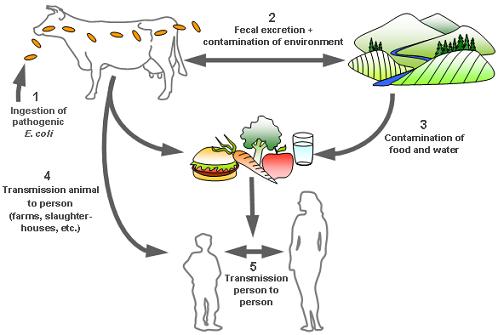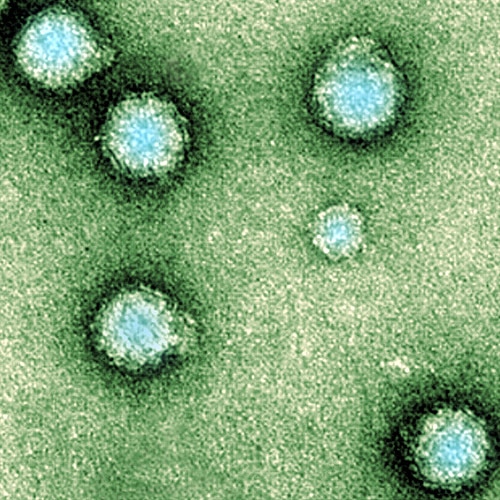This post is about vaccine deniers, because another article was recently published that shatters my lens. The latest study is described here by the Washington Post, and the body of work is described here in "Dartmouth Now". The original articles were published in the peer-reviewed journals Pediatrics and Vaccine. The gist of this line of research is that providing evidence of both vaccine efficacy AND lack of harmful effects actually backfires. In other words, when presented with solid, valid reasons why vaccinating a child against whooping cough will a.) cause her no harm; and b.) protect her from very severe harm (or death), a parent with a preexisting belief is LESS likely to utilize the intervention. Uh...excuse me? Scientific training or none, that is absurd. A parent would rather be right than protect their child? It makes no sense to me whatsoever.
Part of this stems, of course, from the (mis)perception that the safety and efficacy of vaccines are debatable. They are not. Individuals with the appropriate background and training are pretty much in lockstep on this issue. Are there poorly efficacious vaccines? Of course. The BCG/tuberculosis vaccines (not used here in the US) has sub-par at best efficacy. Are there vaccines with poor side effect profiles? Yes. The Y19/yellow fever vaccines is terribly painful, and gifted me with quite the high fever for a day. Neither of these are standard, because some pretty experienced people have weighed the costs and benefits and decided against it. Those that ARE standard recommendations for children, though, are so for some very good reasons. As a parent I often see posts on message boards with questions about vaccines or vaccines schedules by someone genuinely seeking information, and often they give the caveat that they are "not trying to start a debate". I appreciate the desire for information without wanting to engender hostility, and resent that these parents are forced to think about taking care not to. I especially resent it because, as mentioned, this is not a debatable issue if one operates in the realm of reality. Apparently, however, the more reality one tries to interject, the less effective that reality is. If I'm being polite, this is counterintuitive. If I'm being kinesthetic, I'm torn between *facepalm* and *headdesk*. If I'm being realistic... my brain hurts.
 VS.
VS.















